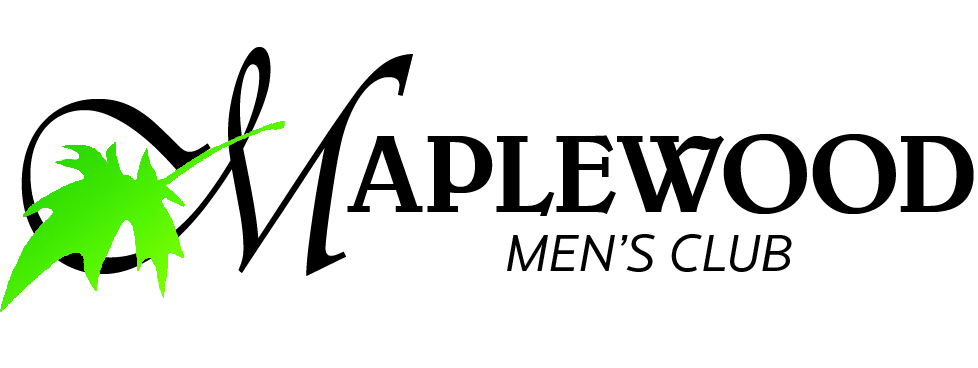About the Club and Course
By Ed McCaffrey Past President & Handicap Chairman (1939 – 1999) Estimated date of this article is 1995
Handicap Chairman
(A little bit of History)
I thought members of Maplewood Men’s Club would be interested in a little of the history of the golf course. So, in cooperation with Bob Aliment, former pro and part owner we would like to relate this bit of the past.
As a young lad of 8 or 9 years of age, I sat on the railroad tracks with my brother and watched the beginning of what was to become an important part of my life. We watched as teams of horses pulled plows, harrows and metal screens to contour the fairways. There were a few trucks of course, and probably on old steam shovel, but most of the work was done with good oldfashioned labor. What had been a dairy farm became a golf course. C.H. Farrell inherited the farm from his brother, G.D. Farrell, who was a railroad executive and at one time had a spur from the mail line over to the river bank along what is now our #12 fairway where he parked his own private rail car. G.D. Farrell also owned one of the three largest circuses in the U.S. and was a personal friend of P.T. Barnum.
The first pro at Maplewood was Jack Woods, who later went to Jefferson Park. At about the same time Maplewood was started, approximately 1927, so was Cedar River Golf Club, with the Pro Shop located where Taco Time Corporate offices now stand. This course was owned by Henry Stapleton, believed to be a Seattle attorney, and his partner Frank Bird. In the early 1930’s, C.H. Farrell bought the Cedar River Course and now had 27 holes. At that time the course stretched all the way down to the west end of what is now Maplewood Homes. All of the homes, Cedar River Market, Taco Time, the radiator shop and the Park are all on what was once the golf course.
During the early years of World War II, the west end of the course was sold and became Maplewood homes. The Maplewood course was then redesigned as an 18 hole layout, considerably shorter than the original, and remained that way for many years. The club house had a few different locations until the present one was built.
About 1947 the course was purchased by a group of Renton businessmen, among them Frank Aliment, who was the Pro, and was followed some 30 years later by his son Bob. At one time in the 30’s and early 40’s, the Men’s Club managed the lounge. We had slot machines and had so much money we had a hard time spending it. We had tournaments with $1,000.00 purses when that was a ton of money. Then the laws changed, private clubs lost their privileges, slot machines were outlawed, and liquor became available at most restaurants. Our finances took a nose dive, our membership dropped, but we still had the course and kept the Men’s Club alive and active.
In 1985 the City of Renton purchased the course from the Aliments and their partners. The management of the Pro Shop, restaurant, and the lounge were contracted to Charlie Stewart, and the City started a comprehensive plan to enlarge and improve the course.
To tell you what holes were eliminated and what numbers were added would tend to be confusing to new members because the nines have been reversed a few times. The most noticeable change with the biggest impact was the addition of the four holes on the east side of the river, now 13, 14, 15, 16, and the rebuilding of holes 10 and 11.
Well, as they say, you ain’t seen nothin’ yet. With the new club house, driving range, and construction of the new holes completed, we have one of the finest golf complexes in the Northwest. And through all of the redesign and construction under the planning of the Parks Department and the supervision of Randy Leifer, Golf Course Manager, we have always had a very playable course with the finest greens one could hope for. Can you imagine what the Parks Department and Randy have been going through working with a half dozen sub contractors who work on the theory of “let’s pave it or plant it today, we can always rip it up tomorrow”. So we’ve had some pretty long walks between holes, but it has proven that golf can be an exercise sport. While I’m at it, I’m going to exercise my bragging rights, I started caddying and playing at Maplewood about 1932, joined the Men’s Club in 1939, and except for two years in Uncle Sam’s Navy, I have been a member ever since, which I’m sure makes me the oldest continuous member of the Men’s Club. I hope to be around a lot longer to keep your handicaps honest!
Ed McCaffery
| Constitution | By-Laws |
